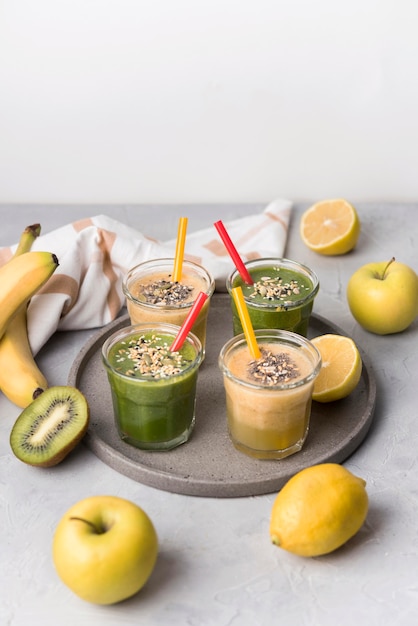
You might notice that your pain worsens after eating certain foods. This happens because food can either worsen or help reduce inflammation. Inflammation is essential for healing infections, wounds, and tissue injuries, but it also causes discomfort, redness, and heat.
For those with chronic pain or immune deficiency diseases like rheumatoid arthritis, it’s important to keep inflammation in check. THC gummies can be an option for managing pain and inflammation.
To lower the risk of chronic inflammation, it’s crucial to adopt healthy lifestyle habits. If you have a concerning injury or persistent symptoms like pain, swelling, or stiffness, consult your doctor. They can help identify the cause of your discomfort and suggest ways to alleviate it.
Acute inflammation can lead to various types of pain, such as constant, throbbing, or pinching sensations. Swelling from fluid buildup can press on nerve endings, causing pain. Inflammation also affects nerve behavior, which can increase pain.
Treatment for inflammation depends on its cause and severity. Sometimes, treatment isn’t needed, but ignoring inflammation can lead to serious symptoms. Allergic reactions can cause intense swelling, so it’s important to seek treatment if this occurs.
Instead of relying on anti-inflammatory medications, try these five calming techniques to reduce swelling and ease your pain. Your diet plays a significant role in your body’s health, including joint health. Eating well is key to managing joint inflammation. Certain foods can help reduce inflammation and ease arthritis-related joint pain. If you’re experiencing aches, consider adding hot peppers to your diet.
Hot peppers contain capsaicin, which has anti-inflammatory and antioxidant properties. They are also rich in vitamins B-6, potassium, and beta carotene, which the body converts to vitamin A.
The gut bacteria, or beneficial bacteria in your digestive system, help combat inflammation and digestive issues. A poor diet or medications can disrupt the microbiome. Probiotic foods like yogurt, kefir, and fresh sauerkraut can help restore “good” bacteria in your gut. Prebiotics, found in foods like bananas, support the growth of probiotics and are important in an anti-inflammatory diet.
Foods high in sugar, like sweetened, packaged, low-fiber foods and soft drinks, can raise blood glucose levels quickly. A low-glycemic diet can help reduce chronic inflammation and improve insulin sensitivity.
People with severe pain often share their experiences online, discussing how pain affects their daily lives. Good sleep is crucial for managing chronic pain and promoting healing. Develop habits that ensure restful sleep, such as keeping your room quiet and dark, avoiding gadgets, and maintaining a regular bedtime routine.
Expanding your social network can also help. Consider joining a book club, volunteering, or participating in a local support group for chronic pain sufferers. If going out is difficult, look for online communities where people with similar conditions can share their experiences and offer support.
Repetitive stress on joints can lead to inflammation. Being overweight puts extra pressure on your lower body, causing discomfort and inflammation. Losing weight is important, and following an exercise plan recommended by a qualified physiotherapist can help improve flexibility and reduce joint strain. Strong, flexible muscles help maintain good posture and distribute weight evenly.
Your choice of exercise should match your fitness level and other factors like your location. Walking, pool exercises, or tai chi are low-impact options suitable for beginners.
There are many effective non-medication methods for reducing joint pain. While natural treatments may only slightly reduce pain, combining them with other remedies can be more effective. Try the suggestions above and discuss other options with your doctor. The best treatments are those that fit your lifestyle and are sustainable over time.
Inflammation can result from joint damage or chronic conditions like arthritis, leading to symptoms such as redness, heat, swelling, discomfort, and reduced function. It’s best to take proactive steps to prevent future issues.









